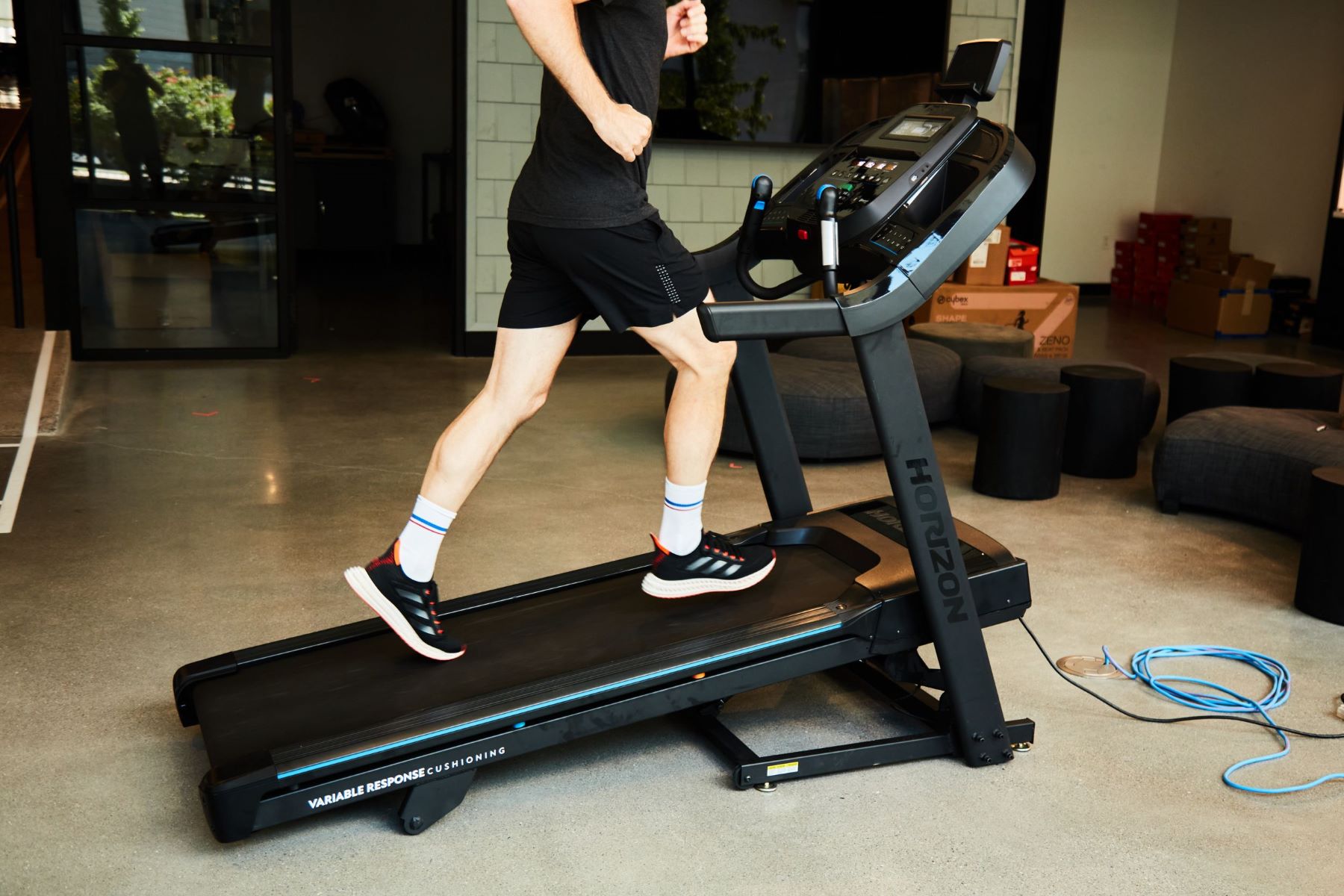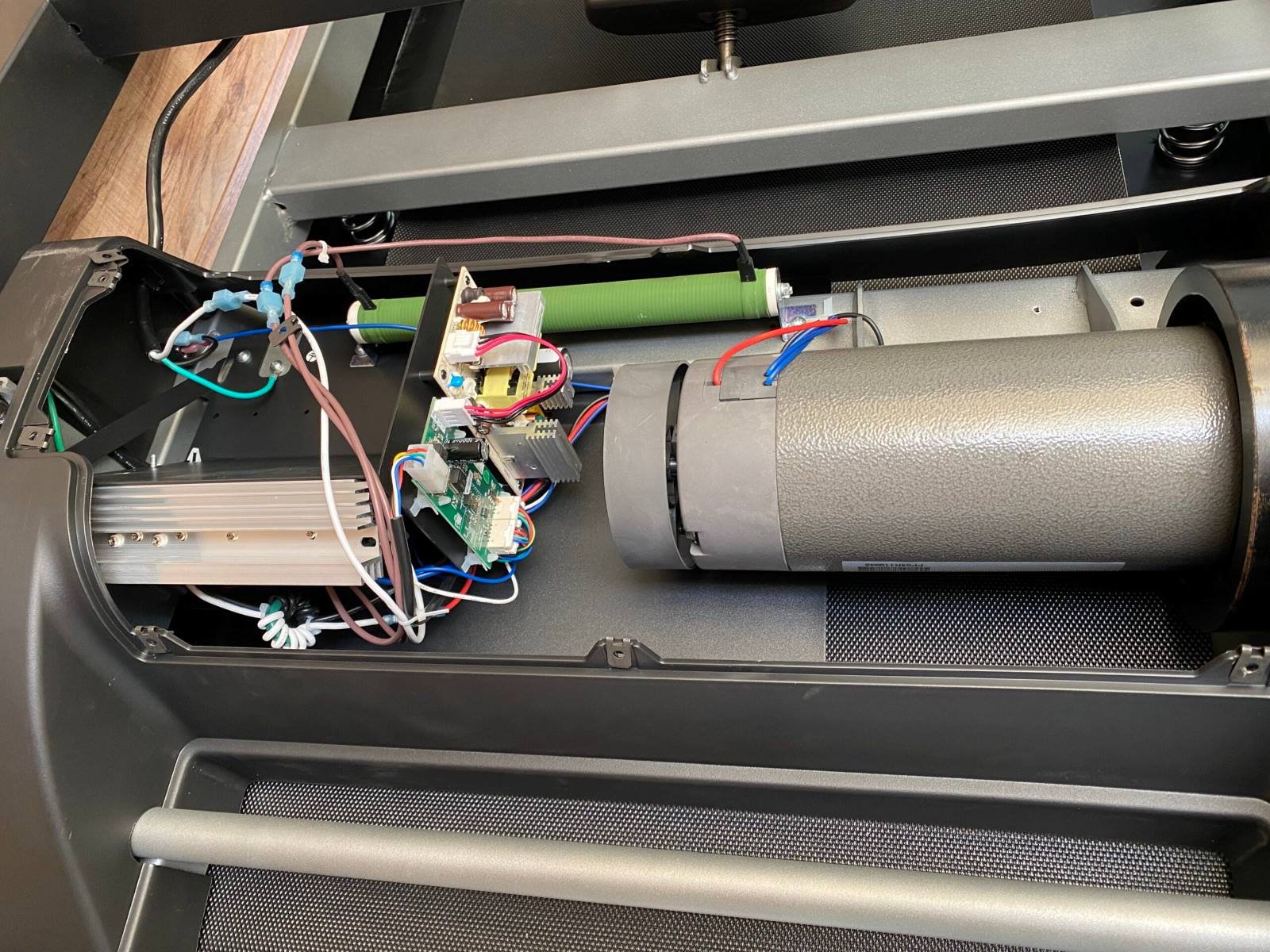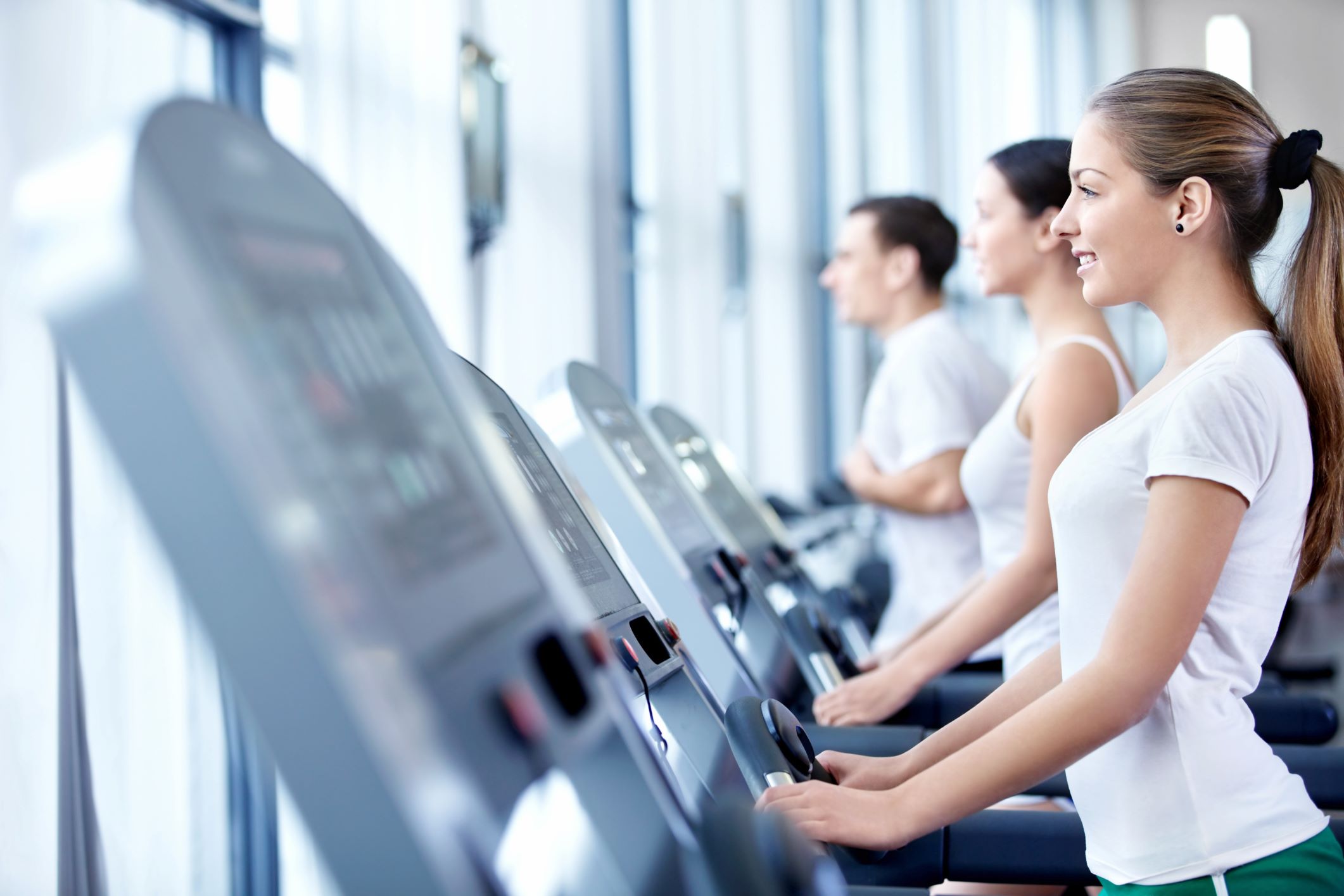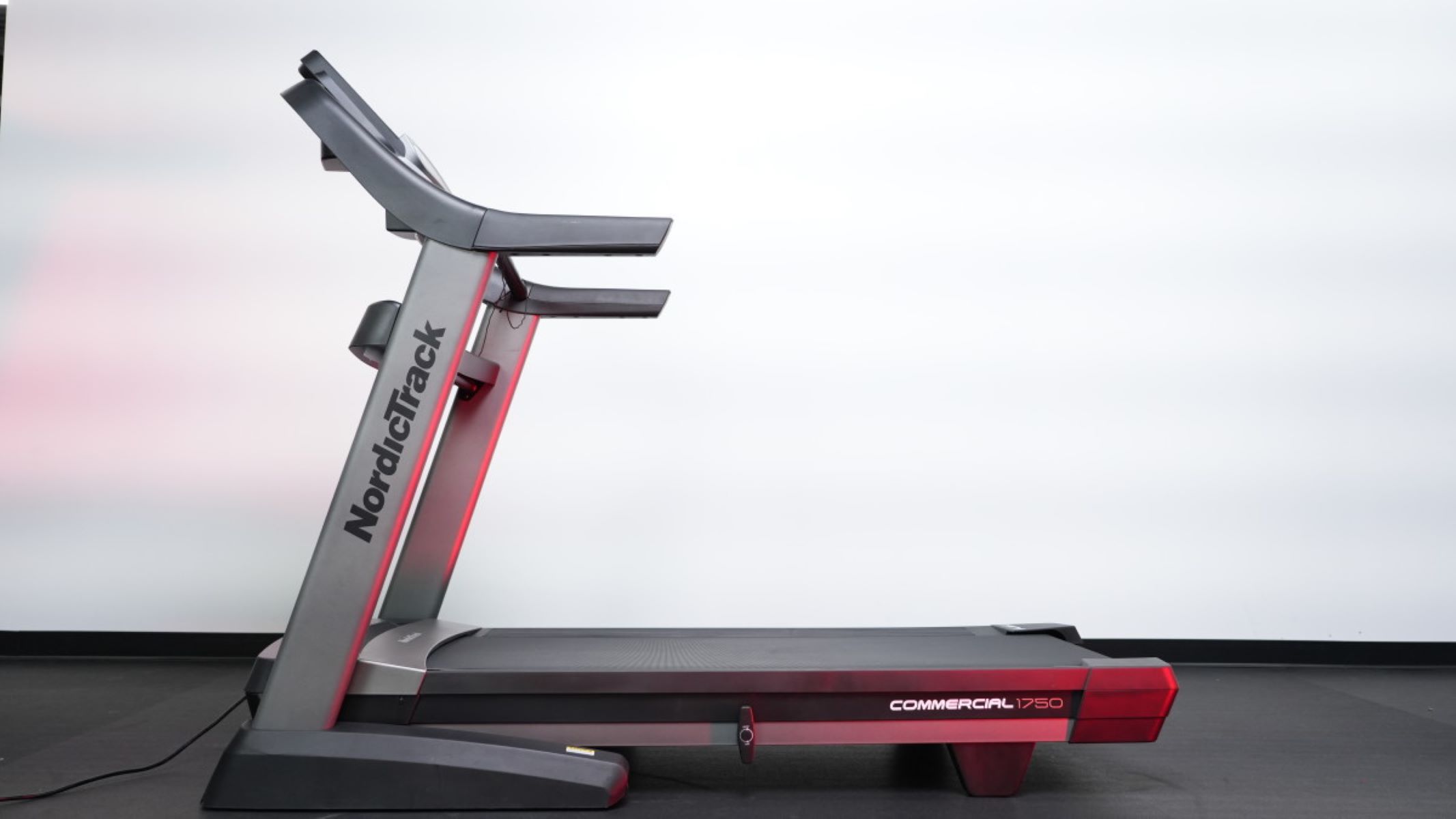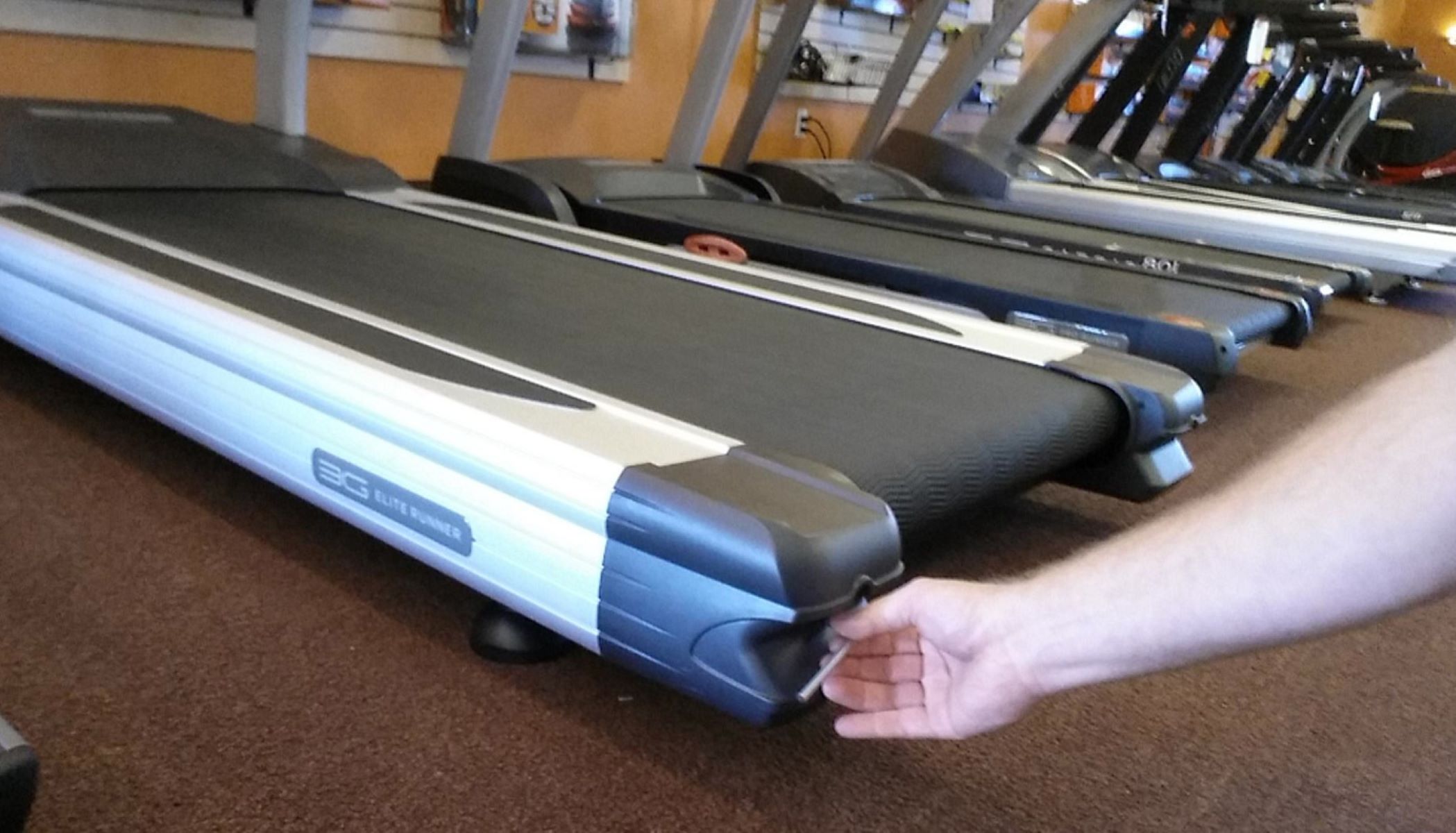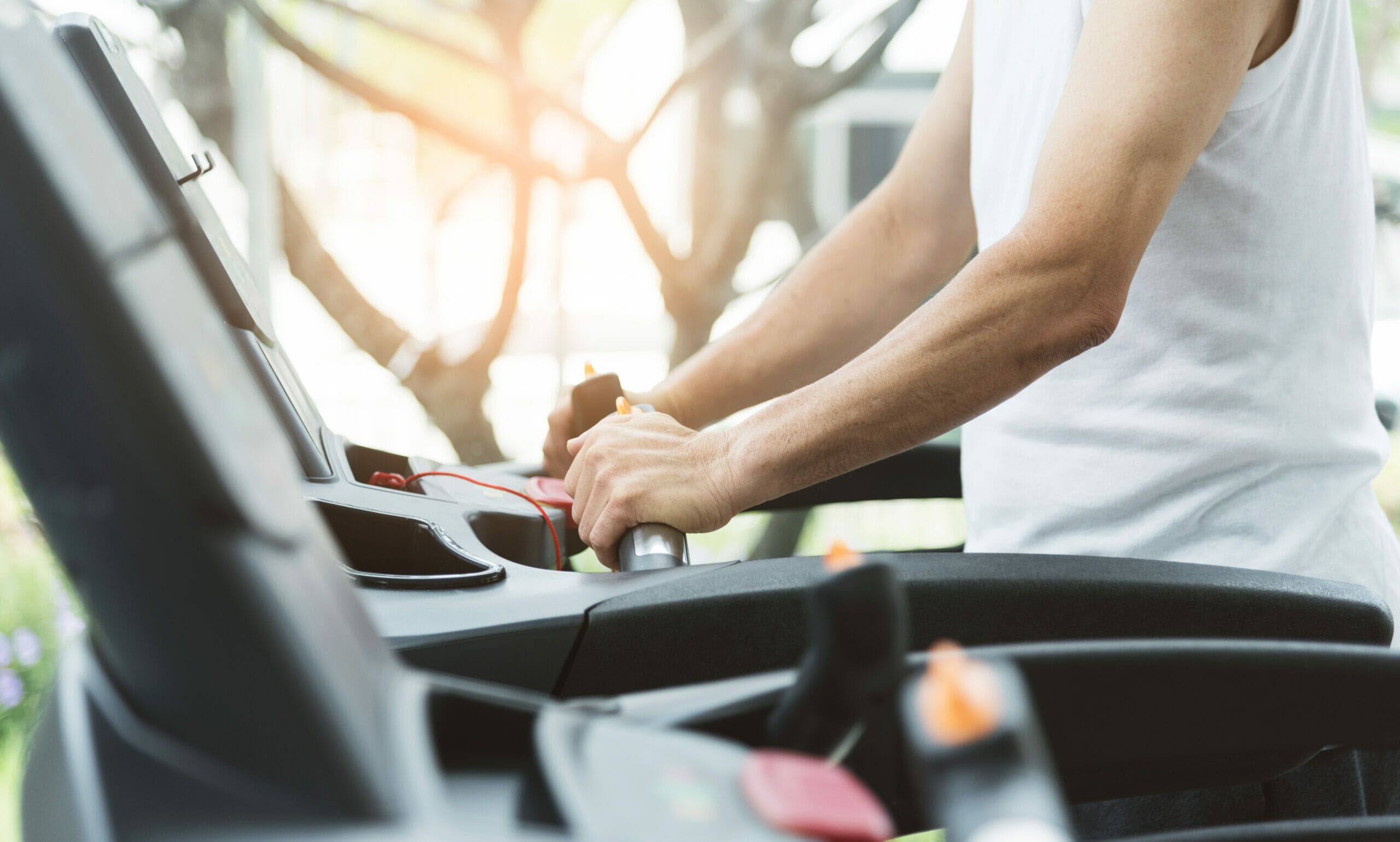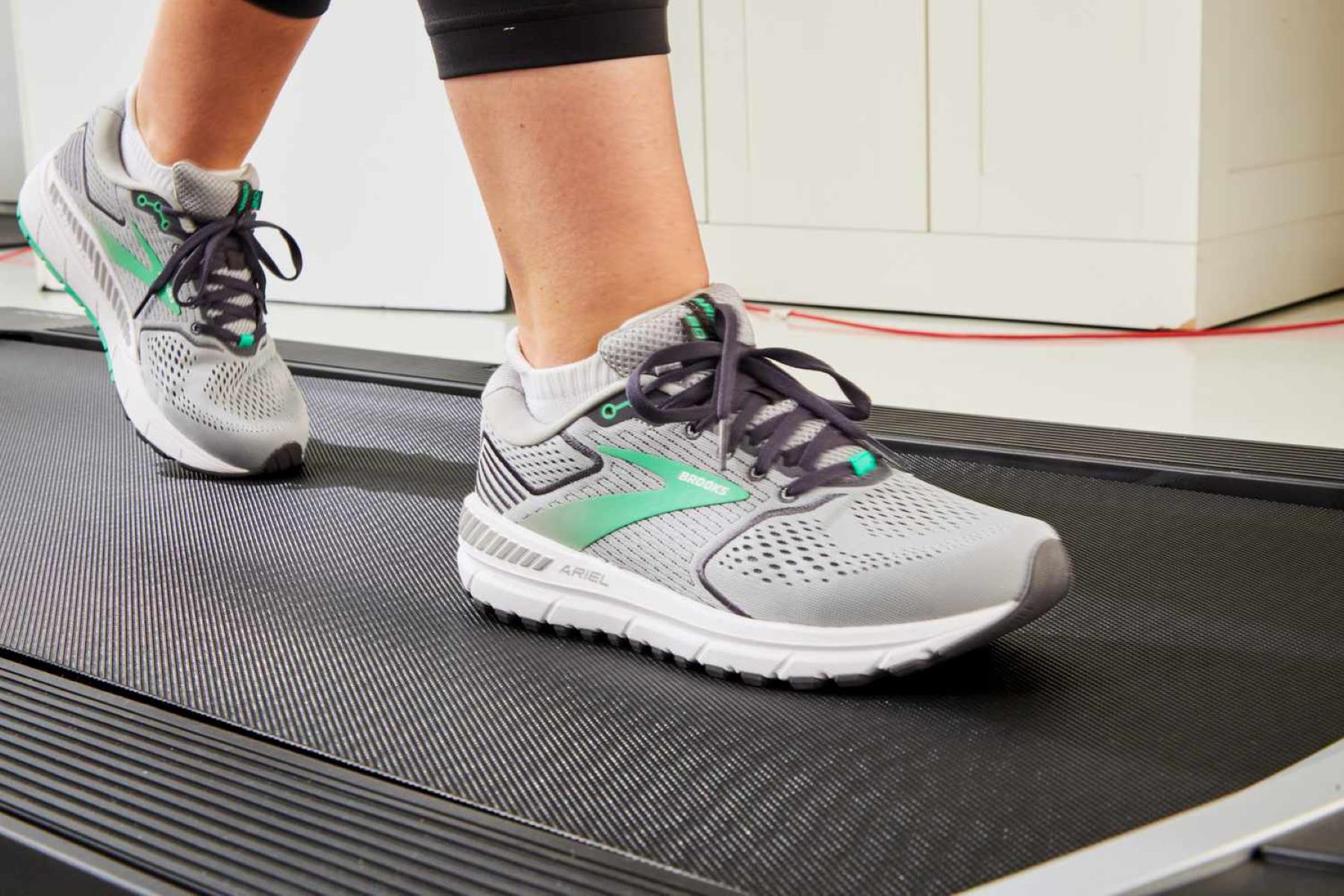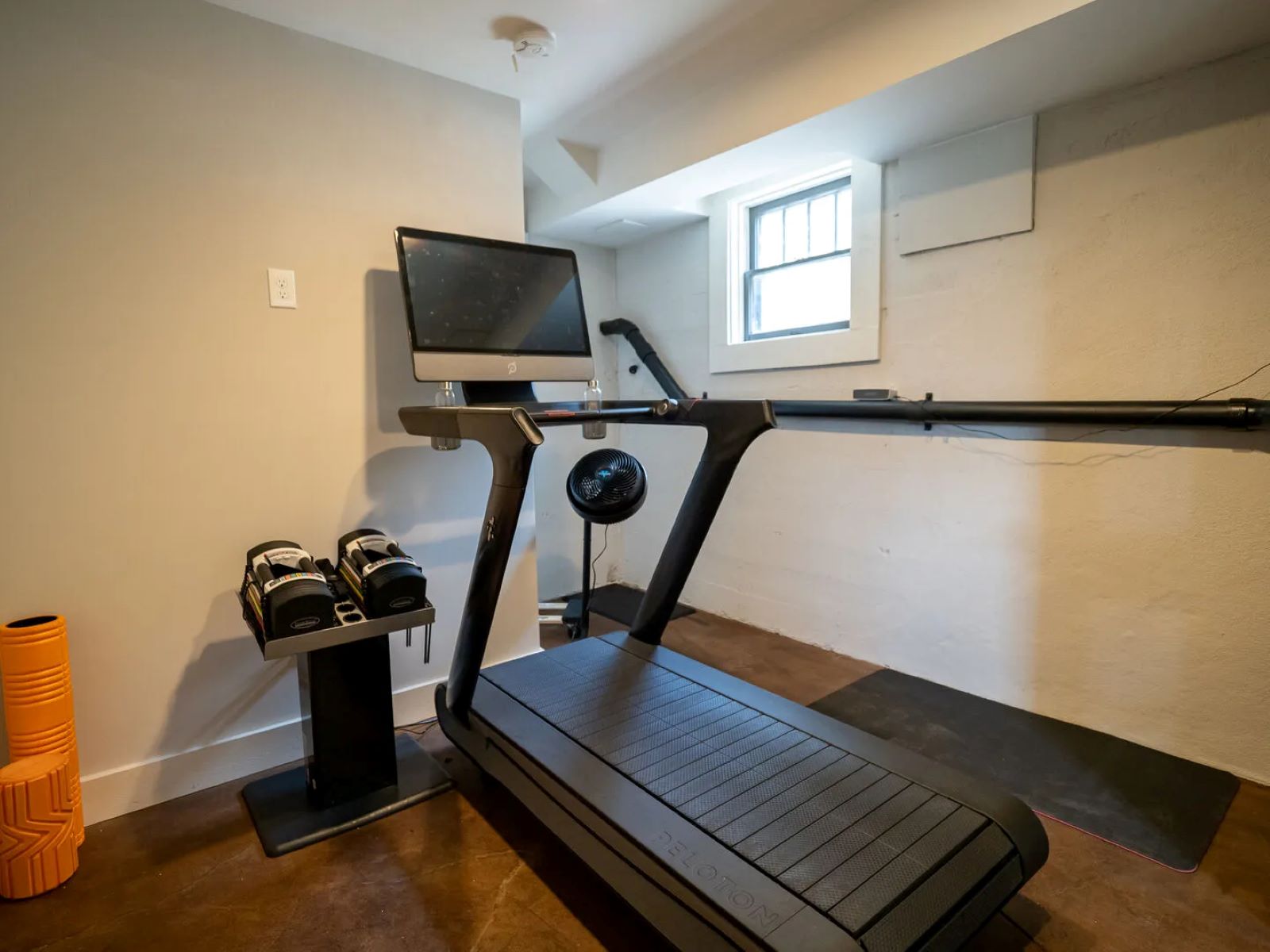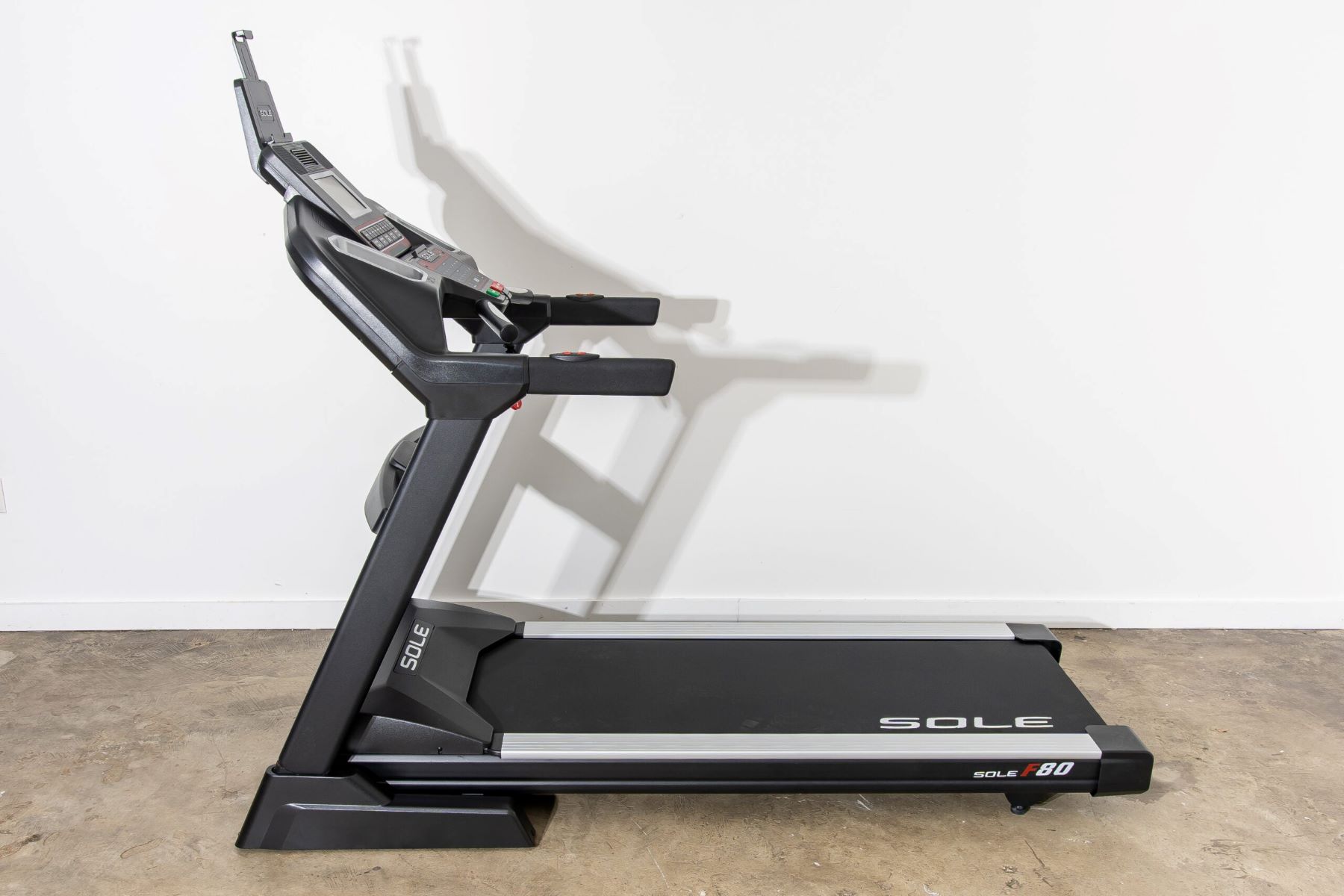Home>Misc>Product Reviews>How Much Is A Used Treadmill
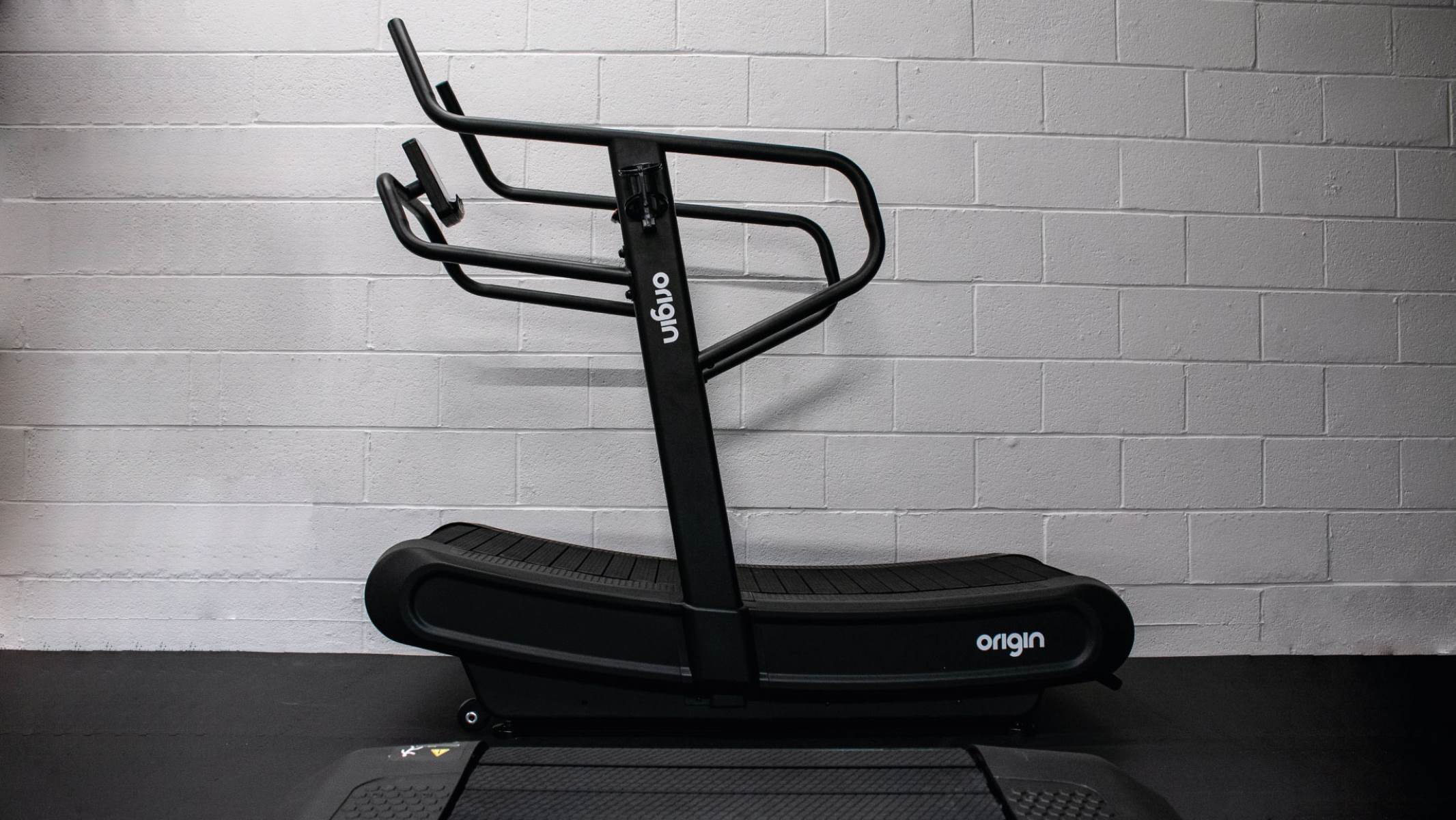

Product Reviews
How Much Is A Used Treadmill
Modified: August 19, 2023
Looking for product reviews on used treadmills? Find out how much you can save and what to consider before buying a used treadmill.
Introduction
Welcome to the world of fitness and exercise, where treadmills have become a popular choice for individuals who want to stay active and maintain a healthy lifestyle. However, buying a brand new treadmill can be quite expensive, prompting many people to consider purchasing a used one instead. While this can be a cost-effective option, it’s important to approach the process with careful consideration to ensure you’re getting a quality product at a fair price.
Buying a used treadmill requires research, patience, and a keen eye for detail. It’s important to understand the factors to consider when evaluating the condition of a used treadmill, as well as how to research market prices to make an informed decision. In this article, we will delve into these aspects and provide you with insights on negotiating the price and the benefits and drawbacks of buying a used treadmill.
Whether you’re a seasoned fitness enthusiast or a beginner looking to kickstart your fitness journey, this article aims to equip you with the knowledge and tools necessary to make an informed decision when buying a used treadmill. So, let’s dive in and explore the various factors to consider when purchasing a used treadmill.
Factors to Consider When Buying a Used Treadmill
When purchasing a used treadmill, there are several important factors to take into account to ensure you make the right choice. By considering these factors, you can maximize the value and functionality of the treadmill. Let’s explore some key elements to keep in mind:
- Brand and Model: Researching the reputation and reliability of different treadmill brands and models is crucial. Opt for well-known brands that are known for their durability and quality construction.
- Condition: Carefully assess the condition of the used treadmill. Look for signs of wear and tear, such as frayed belts, noisy motors, or malfunctioning display screens. Ensure that all the essential components, such as incline and speed controls, are in proper working condition.
- Maintenance History: Inquire about the treadmill’s maintenance history. Ask the seller whether regular maintenance, such as lubrication or belt adjustments, has been performed. A well-maintained treadmill is likely to have a longer lifespan.
- Usage: Determine the level of usage the treadmill has endured. Consider how many hours a day or week it has been used and whether it was used for walking or running. This information can give you an idea of the overall wear and tear on the machine.
- Weight Capacity: Check the weight capacity of the treadmill to ensure it can accommodate your body weight. If you plan to share the treadmill with others, consider their weight as well. Operating the treadmill beyond its weight limit can lead to premature damage.
- Features: Consider the features that are important to you. Do you need a treadmill with built-in workout programs, heart rate monitors, or incline settings? Make a list of the features you desire and look for a used treadmill that meets your criteria.
- Available Space: Measure the space where you intend to place the treadmill. Ensure that the dimensions of the treadmill align with the available space, taking into account folding capabilities if necessary. It’s essential to have enough room for comfortable usage and easy access.
- Warranty: Inquire about any remaining warranty on the used treadmill. Some brands offer transferable warranties that can provide peace of mind for the buyer.
By considering these factors, you can assess the quality and suitability of a used treadmill. This will help you make an informed decision and find a treadmill that meets your specific needs and goals. Now that we’ve discussed the factors to consider, let’s move on to the next vital step: assessing the condition of a used treadmill.
Assessing the Condition of a Used Treadmill
When buying a used treadmill, it’s essential to thoroughly assess its condition to ensure you’re getting a reliable and functional machine. By paying attention to specific aspects, you can identify any potential issues and make an informed decision. Here are some key areas to consider when assessing the condition of a used treadmill:
- External Appearance: Inspect the overall appearance of the treadmill. Look for any visible signs of damage, such as dents, scratches, or rust. While cosmetic issues may not affect the functionality, it’s important to have a clear understanding of the treadmill’s condition.
- Frame Stability: Check the stability of the treadmill’s frame. Give it a gentle shake and ensure it remains sturdy. A wobbly or unstable frame indicates potential structural weaknesses.
- Belt and Deck: Examine the treadmill belt and deck. The belt should be smooth, without any fraying or signs of excessive wear. The deck beneath the belt should be firm and in good condition.
- Motors and Electronics: Test the functionality of the treadmill’s motor and electronics. Start the treadmill at different speeds to ensure the motor runs smoothly without any unusual noises. Check if the console display and control buttons are responsive.
- Incline and Decline: If the treadmill offers incline and decline options, test these features to ensure they function properly. Make sure the incline adjusts smoothly and that the treadmill can maintain the desired incline position without any issues.
- Noise Level: Pay attention to the noise level produced by the treadmill during operation. Excessive noise could indicate problems with the motor, belt, or other components.
- Safety Features: Verify that all safety features, such as the emergency stop button and safety key, are present and in working condition. These features are crucial for your safety while using the treadmill.
- Cushioning: Assess the quality of the treadmill’s cushioning system. The cushioning should provide adequate shock absorption to minimize impact on your joints during workouts.
By thoroughly assessing these aspects, you can gain a comprehensive understanding of the used treadmill’s condition. If possible, it’s recommended to test the treadmill yourself before making a purchase. This will give you a firsthand experience of the machine and help you identify any potential issues. Now that we’ve discussed assessing the condition of a used treadmill, let’s move on to the next step: researching the market prices of used treadmills.
Researching the Market Prices of Used Treadmills
Before making a purchase, it’s important to research the market prices of used treadmills to ensure you’re getting a fair deal. This step will help you determine a reasonable price range and avoid overpaying for a used treadmill. Here are some strategies to effectively research market prices:
- Online Platforms: Utilize online platforms dedicated to buying and selling used items, such as Craigslist, eBay, or Facebook Marketplace. Browse through listings for used treadmills to get an idea of the asking prices in your local area.
- Specialty Retailers: Check with specialty retailers that sell used fitness equipment. They often have a good selection of used treadmills and can provide insight into pricing trends.
- Local Classifieds: Keep an eye on local classified advertisements, both online and in print. Sellers may be offering their used treadmills at lower prices to attract potential buyers.
- Online Forums: Join online fitness and exercise forums to connect with other enthusiasts. Engage in discussions about purchasing used treadmills and gather information on pricing trends and recommended sources.
- Comparison Shopping: Once you have gathered information from various sources, compare the prices of similar used treadmills. Take into account factors such as brand, model, age, condition, and features when making comparisons.
- Consider Depreciation: Keep in mind that used treadmills will depreciate in value over time. Take into account the age and condition of the treadmill to determine a fair price based on depreciation.
- Be Willing to Negotiate: Remember that most sellers expect some negotiation when it comes to used goods. Use your research to negotiate a price that aligns with the current market value of similar treadmills.
By thoroughly researching the market prices of used treadmills, you can better gauge what constitutes a fair price. This knowledge will empower you to negotiate confidently and make an informed decision when purchasing a used treadmill. In the next section, we will discuss the average price ranges for used treadmills, giving you a benchmark to work with.
Average Price Ranges for Used Treadmills
When buying a used treadmill, it’s helpful to have an understanding of the average price ranges for different types of treadmills. While prices can vary depending on factors such as brand, model, age, and condition, having a benchmark can give you an idea of what to expect. Here are the average price ranges for used treadmills:
- Budget-Friendly Treadmills: Entry-level or basic treadmills typically fall within the price range of $200 to $500. These treadmills are suitable for light to moderate use and may have fewer features compared to higher-end models.
- Mid-Range Treadmills: Mid-range treadmills, offering more advanced features and durability, generally range from $500 to $1,500. These treadmills are suitable for regular usage and may have features like incline/decline options, preset workout programs, and heart rate monitors.
- High-End Treadmills: High-end treadmills, typically found in commercial or professional settings, can range from $1,500 to $5,000 or more. These treadmills are built to withstand heavy usage and come with advanced features like larger running surfaces, powerful motors, interactive touchscreen displays, and extensive workout programs.
It’s important to note that these price ranges are just general guidelines, and prices can vary based on various factors and individual seller preferences. Older models, regardless of their original price, tend to have lower resale values compared to newer models. Additionally, factors like the condition of the treadmill, its maintenance history, and any additional accessories included can also impact the price.
By having an understanding of the average price ranges for used treadmills, you can make more informed decisions when evaluating the pricing offered by sellers. Remember to consider the specific features, condition, and brand reputation when assessing the value of a used treadmill. In the next section, we will discuss how to negotiate the price of a used treadmill to ensure you get the best deal possible.
Negotiating the Price of a Used Treadmill
When purchasing a used treadmill, don’t be afraid to negotiate the price. Most sellers are willing to negotiate to some extent, especially if they have been struggling to find a buyer. Here are some tips to help you negotiate the price of a used treadmill:
- Do Your Research: Before starting negotiations, gather information about the average market prices for similar used treadmills. This will give you a better idea of what constitutes a fair price.
- Point Out Defects or Issues: If you notice any flaws or maintenance needs during your assessment of the treadmill, use these points to negotiate the price. Highlighting these issues can give you leverage to negotiate a lower price.
- Be Respectful and Polite: Approach negotiations with a friendly and respectful attitude. Being rude or overly aggressive can create tension and hinder successful negotiation.
- Start with a Reasonable Offer: Begin with an offer that is slightly below your target price. This allows room for negotiation and signals to the seller that you are serious about making a fair deal.
- Know Your Budget: Set a clear budget for yourself and stick to it during negotiations. Don’t let the seller pressure you into going beyond your pre-determined limit.
- Highlight Your Seriousness: Communicate to the seller that you are a serious buyer and have done thorough research. Letting them know that you have other options can also encourage them to negotiate a better price.
- Consider Other Factors: If the seller is not willing to budge on the price, consider other factors that could affect the value, such as including additional accessories or a warranty extension.
- Be Willing to Walk Away: If the seller is unwilling to meet your desired price and you’re not comfortable with the offer, be prepared to walk away. Sometimes, this can prompt the seller to reconsider their position.
- Reach a Win-Win Agreement: The goal of negotiation is to reach a win-win agreement where both parties feel satisfied. Keep an open mind and be willing to compromise to find a middle ground that works for both you and the seller.
Remember, negotiation is a normal part of the buying process, and both parties are looking for a fair deal. By following these tips and approaching negotiations with a respectful attitude, you can increase your chances of securing a reasonable price for a used treadmill.
Now that we’ve discussed negotiating the price of a used treadmill, let’s move on to the next section to explore the benefits and drawbacks of buying a used treadmill.
Benefits and Drawbacks of Buying a Used Treadmill
Buying a used treadmill offers both benefits and drawbacks that you should consider before making a purchase. Understanding these factors can help you make an informed decision and determine if buying a used treadmill is the right choice for you. Let’s explore the benefits and drawbacks:
Benefits:
- Cost Savings: The primary advantage of buying a used treadmill is the cost savings compared to purchasing a new one. Used treadmills are typically priced lower than their brand new counterparts, allowing you to get a higher-quality treadmill for a lower price.
- Access to Higher-End Models: Buying a used treadmill can give you the opportunity to access higher-end models that might have been out of your budget if you were buying new. This means you can enjoy advanced features and better durability at a more affordable price.
- Reduced Depreciation: When you buy a new treadmill, it begins to depreciate in value as soon as it’s used. By purchasing a used treadmill, you avoid the initial depreciation hit and potentially lose less value if you choose to resell it in the future.
- Faster Availability: While purchasing a new treadmill often involves waiting for shipping or delivery, buying a used treadmill allows for immediate availability. You can pick up the treadmill right away or have it delivered within a short timeframe.
Drawbacks:
- No Warranty: Used treadmills usually do not come with a warranty. This means that if any issues arise after the purchase, you will be responsible for repair costs. It’s important to thoroughly inspect the treadmill and ensure it is in good condition before buying to mitigate the risks.
- Potential Maintenance Needs: Used treadmills may require more maintenance compared to new ones. Older models may have worn parts that need to be replaced or may require regular servicing to ensure proper functionality. Be prepared for potential maintenance costs and factor them into your decision-making process.
- Unknown Usage History: When buying a used treadmill, you may not have access to its complete usage history. It’s challenging to determine how heavily it has been used or whether it has been subjected to any improper maintenance. This uncertainty can impact the overall lifespan and reliability of the treadmill.
- Limited Aesthetic Options: Unlike buying a new treadmill, where you can choose from a wide range of colors and designs, your options for aesthetics may be limited when buying used. It’s important to prioritize functionality over appearance when purchasing a used treadmill.
Considering these benefits and drawbacks will help you evaluate whether buying a used treadmill aligns with your fitness goals, budget, and preferences. Remember to weigh the pros and cons based on your specific needs before making your final decision.
Now that we’ve discussed the benefits and drawbacks of buying a used treadmill, let’s conclude our article by summarizing the key takeaways and offering some final thoughts.
Conclusion
Buying a used treadmill can be a cost-effective solution for those looking to bring fitness into their homes while staying within a budget. By considering the factors to evaluate, such as brand reputation, condition, and maintenance history, you can make an informed decision and find a used treadmill that suits your needs. It’s important to thoroughly assess the condition of the treadmill and research market prices to ensure you’re getting a fair deal.
Remember that negotiation is a normal part of the buying process, so don’t hesitate to engage in discussions with the seller to reach a mutually beneficial agreement. However, also be aware of the benefits and drawbacks of buying a used treadmill. While it can provide cost savings and access to higher-end models, there may be potential maintenance needs and limited warranty options to consider.
Ultimately, the decision to buy a used treadmill depends on your personal preferences, budget, and fitness goals. Evaluating the specific features, condition, and price of the treadmill will help you make a well-informed choice. Whether you choose to purchase a used treadmill or explore new options, remember that regular exercise and dedication are key to achieving your fitness goals.
So, start your search, follow the guidelines outlined in this article, and find the perfect used treadmill that will support your fitness journey. Happy exercising!
